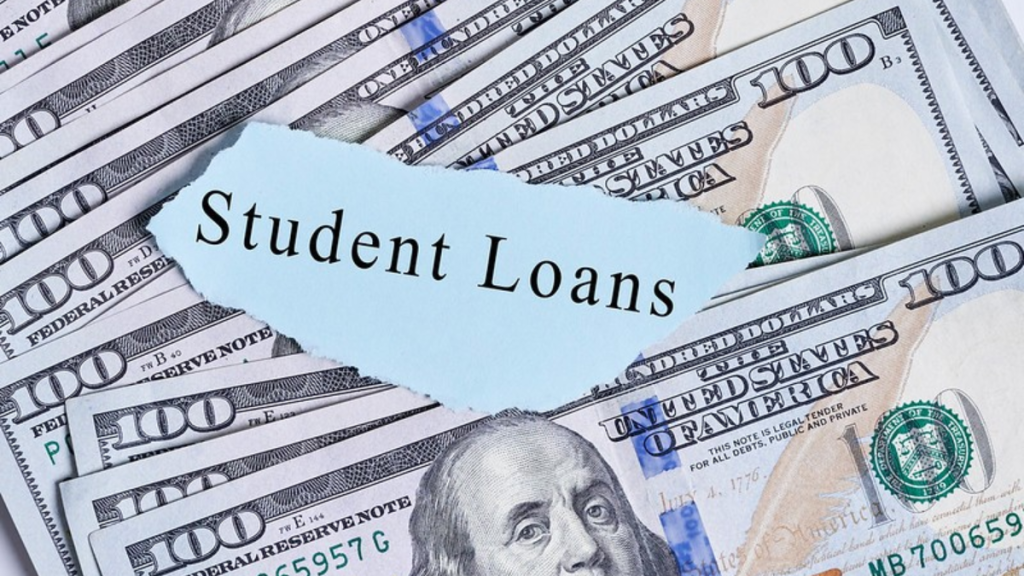In a significant win for millions of Americans, married student loan borrowers narrowly avoided a sharp increase in their monthly payments due to a last-minute policy reversal by the U.S. Department of Education.
The change comes in the wake of a federal court’s decision to block key parts of President Joe Biden’s Saving on a Valuable Education (SAVE) plan, which had previously overhauled the income-driven repayment (IDR) system.
Initially, the Department of Education had planned to include spousal income when calculating IDR payments—even for borrowers who filed their taxes separately—resulting in much higher expected monthly bills for many married individuals.
But following strong public criticism and pressure from advocacy groups, the department confirmed it will maintain the original rule: spousal income will be excluded if the borrower files separately.
What Prompted the Change in Student Loan Repayment Calculations?
The situation unfolded after the SAVE plan was partially blocked by a court in early 2025. This led to the Education Department reactivating previous IDR plans such as:
- Income-Based Repayment (IBR)
- Pay As You Earn (PAYE)
- Income-Contingent Repayment (ICR)
In the absence of the SAVE plan’s newer rules, the department considered applying spousal income to all borrowers, regardless of tax filing status. That move could have drastically increased monthly payments for many married borrowers, particularly those who chose to file separately to protect their eligibility for lower repayment amounts.
The initial decision sparked backlash, especially among dual-income households where one spouse has significantly higher earnings. Public advocacy groups and student loan experts warned that the change would disincentivize marriage or penalize low-income spouses.
Official Reversal Preserves Current IDR Calculation Rules
On April 16, 2025, the Department of Education issued an official update clarifying its position. According to the announcement by Acting Undersecretary James Bergeron, borrowers who file taxes separately will not have their spouse’s income factored into their payment calculations under any of the active IDR plans.
However, spouses will still count toward family size, which affects the borrower’s poverty line threshold and may reduce monthly payments. This nuance aligns with long-standing IDR practices prior to the SAVE plan’s rollout.
According to the Education Department, loan servicers are expected to fully implement this updated spousal treatment by May 10, 2025. This includes recalculating IDR payments for affected borrowers and communicating new totals through their online portals.

Why This Matters: The Financial Impact on Married Borrowers
The reversal is a substantial relief for married borrowers who feared facing hundreds of dollars in additional monthly loan payments. For many, spousal income could have pushed their adjusted gross income far beyond repayment thresholds, triggering higher payments under the 10–20% income-based repayment formulas.
With the restored policy in place, married individuals filing separately can still qualify for lower payments based only on their income. Here’s a quick breakdown of what this means:
- Dual-income couples where one spouse earns significantly more will not be penalized.
- Low-income borrowers will have a better chance of maintaining $0 or low monthly payments.
- Borrowers on track for loan forgiveness will not have to adjust their plans due to higher payments.
This decision may also influence tax filing strategies in 2025, as more couples may opt to file separately to benefit from income exclusions under IDR.
What Borrowers Should Do Next
If you’re a married borrower with federal student loans, here are key steps to take following this update:
- Review Your Filing Status: If you plan to use IDR, consult a tax advisor to determine whether filing separately benefits you financially.
- Check with Your Servicer: Log in to your loan servicer’s portal in early May to confirm your updated monthly payment amount.
- Re-submit IDR Applications: If you previously paused or delayed your IDR application due to uncertainty, now is a good time to reapply.
- Monitor for More Changes: Keep an eye on Department of Education announcements as student loan policy continues to evolve in 2025.
The Bigger Picture: Ongoing Student Loan Policy Battles
The SAVE plan’s partial block has left many borrowers in limbo, as the Biden administration attempts to restructure student loan relief in a politically charged environment. While the recent reversal protects married borrowers for now, broader student loan reforms remain uncertain.
Several lawsuits are still pending, and Congressional input may be required to fully restore or replace parts of the SAVE program. For married couples, this episode underscores the volatility of loan repayment rules—and the importance of staying informed.
Conclusion
In a welcome development for student loan borrowers across the country, the Department of Education’s decision to maintain the current IDR rules ensures that married borrowers won’t see sudden jumps in their monthly payments.
By preserving the income-exclusion rule for those filing separately, the department has provided critical financial relief during an already uncertain time for student loan repayment.
For more detailed coverage on this topic, visit CNET’s full report.
Disclaimer – Our team has carefully fact-checked this article to make sure it’s accurate and free from any misinformation. We’re dedicated to keeping our content honest and reliable for our readers.
